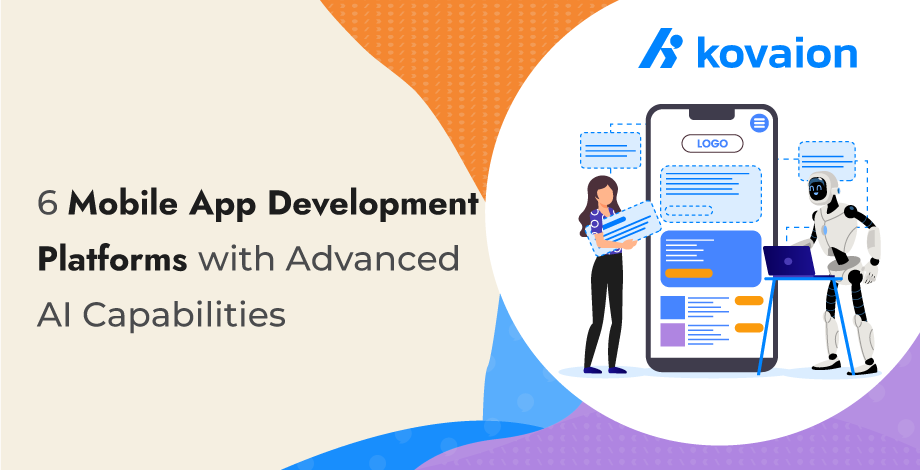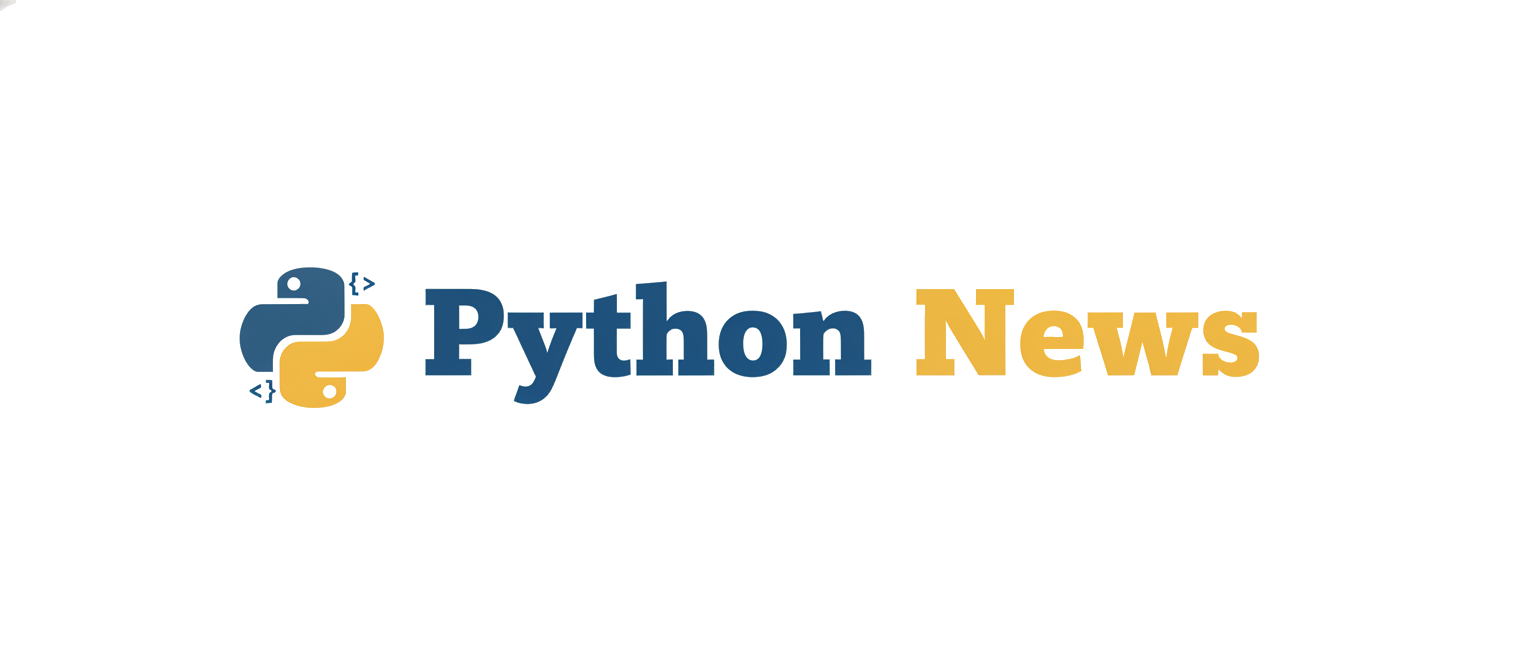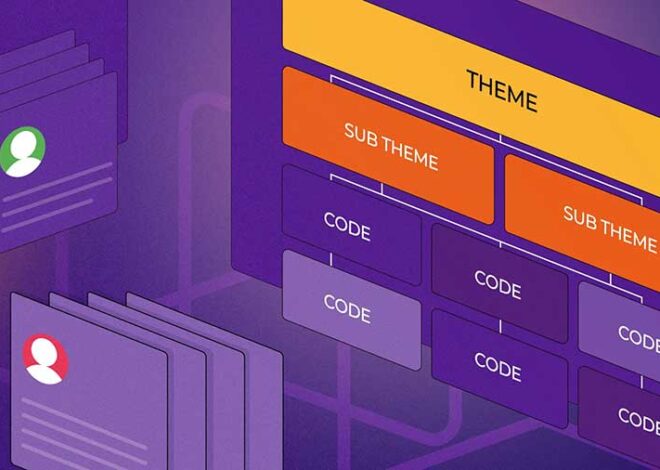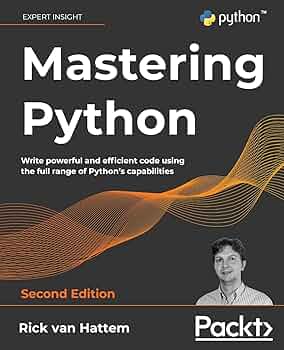
Advanced Python for News Development: From LLM Data Extraction to Interactive Dashboards
In the digital age, the flow of information is a relentless torrent. For developers, journalists, and analysts, this presents both a challenge and an immense opportunity. Raw news articles, press releases, and social media updates are rich sources of unstructured data. The key to unlocking their value lies in transforming this chaos into structured, actionable insights. This is where the modern Python ecosystem truly shines, offering a powerful toolkit for every stage of the news analysis pipeline.
This article dives deep into the world of modern python news development. We’ll move beyond simple web scraping and explore a complete, end-to-end workflow. We will start by leveraging the power of Large Language Models (LLMs) to intelligently extract structured information from raw text. Then, we’ll build a robust backend to serve this data. Finally, we’ll construct a dynamic, interactive dashboard using Dash and Plotly, turning static reports into a powerful analytical tool. This guide is for developers looking to build sophisticated news processing applications, providing practical code, best practices, and a clear roadmap from concept to deployment.
Section 1: Intelligent Data Extraction with Python and LLMs
The first and most critical step in any python news pipeline is transforming unstructured text into a structured format. Traditionally, this involved complex regular expressions and rule-based systems. Today, Natural Language Processing (NLP), supercharged by LLMs, offers a more powerful and flexible approach.
From Unstructured Text to Structured Data
Imagine receiving a stream of tech news updates. Our goal is to automatically identify key entities like company names, product launches, version numbers, and important dates. While libraries like spaCy are excellent for general Named Entity Recognition (NER), newer tools inspired by models like Google’s Gemini, often packaged in libraries like the conceptual ‘LangExtract’, allow for more nuanced, zero-shot extraction based on natural language prompts.
Let’s use the following fictional news snippet as our source text, which we’ll process throughout this article:
“As of September 2025, here are some fresh updates: Neo X MainNet now includes an Anti-MEV system to prevent unfair trading practices. In other news, the Mamba SDK v3.0 launched with enhanced developer tools.”
Our objective is to extract entities like `{‘product’: ‘Neo X MainNet’, ‘feature’: ‘Anti-MEV system’}` and `{‘product’: ‘Mamba SDK’, ‘version’: ‘v3.0’}`. For this example, we’ll use the well-established spaCy library to demonstrate the fundamental concept of NER. An LLM-based approach would follow a similar pattern but would use an API call to a model instead of a local library.
Practical Example: Entity Extraction with spaCy
First, ensure you have spaCy and its English model installed:
pip install spacy
python -m spacy download en_core_web_sm

Now, let’s write a Python script to process our news text and extract named entities. SpaCy’s pre-trained models can identify common entities like organizations (ORG), products (PRODUCT), and dates (DATE) out of the box.
import spacy
# Load the small English NLP model
nlp = spacy.load("en_core_web_sm")
news_text = """
As of September 2025, here are some fresh updates:
Neo X MainNet now includes an Anti-MEV system to prevent unfair trading practices.
In other news, the Mamba SDK v3.0 launched with enhanced developer tools.
"""
# Process the text with the spaCy pipeline
doc = nlp(news_text)
# Create a list to hold our structured data
structured_news = []
print("--- Identified Entities ---")
for ent in doc.ents:
print(f"Text: {ent.text}, Label: {ent.label_}")
structured_news.append({
"text": ent.text,
"label": ent.label_,
"start_char": ent.start_char,
"end_char": ent.end_char
})
print("\n--- Structured Output (JSON-like) ---")
import json
print(json.dumps(structured_news, indent=2))
This code identifies “September 2025” as a DATE and “Mamba SDK v3.0” as a PRODUCT. Notice it might miss “Neo X MainNet”. This highlights a limitation of general-purpose models. An advanced LLM-based extractor could be prompted to specifically look for “blockchain products” or “software development kits,” providing more accurate, domain-specific results.
Section 2: Building a Data Backend with FastAPI
Once you’ve extracted structured data, you need a way to store it and make it accessible to other services, like a frontend dashboard. Exposing your data through a REST API is a clean, scalable, and standard practice. FastAPI is a modern, high-performance Python web framework that is perfect for this task due to its speed, automatic documentation, and type-hinting features.
Why an API? Decoupling Your Services
Creating an API decouples your data processing logic from your presentation layer (the dashboard). This means you can update the NLP model or the data source without breaking the frontend. It also allows other applications to consume your processed python news data, making your system more modular and reusable.
Practical Example: A Simple News API with FastAPI
First, install FastAPI and the Uvicorn server:
pip install fastapi "uvicorn[standard]"
Now, let’s create a simple API file named `main.py`. This API will have a single endpoint, `/api/news`, that returns the structured news data we generated in the previous section. In a real-world application, this function would fetch data from a database (like SQLite, PostgreSQL, or MongoDB) where the processed news articles are stored.
from fastapi import FastAPI
from typing import List, Dict, Any
# Initialize the FastAPI app
app = FastAPI(
title="Python News Analysis API",
description="An API to serve structured news data.",
version="1.0.0"
)
# In a real application, this data would come from a database.
# For this example, we'll use a hardcoded list of dictionaries.
DUMMY_DB_DATA = [
{
"source_id": 1,
"headline": "Neo X MainNet gets Anti-MEV system",
"publish_date": "2025-09-15",
"entities": [
{"text": "September 2025", "label": "DATE"},
{"text": "Neo X MainNet", "label": "PRODUCT"},
{"text": "Anti-MEV", "label": "TECH"}
]
},
{
"source_id": 2,
"headline": "Mamba SDK v3.0 launches",
"publish_date": "2025-09-16",
"entities": [
{"text": "Mamba SDK v3.0", "label": "PRODUCT"}
]
}
]
@app.get("/api/news", response_model=List[Dict[str, Any]])
async def get_structured_news():
"""
Retrieves a list of all processed news articles with their extracted entities.
"""
return DUMMY_DB_DATA
# To run this app:
# 1. Save the code as main.py
# 2. In your terminal, run: uvicorn main:app --reload
# 3. Open your browser to http://127.0.0.1:8000/docs for interactive API documentation.
Running this with Uvicorn gives you a live server. The auto-generated documentation at the `/docs` URL is a massive productivity booster, allowing you to test and inspect your API endpoints directly from the browser.
Section 3: Dynamic Visualization with Dash and Plotly
With a backend serving structured data, we can now build a user-facing application to explore it. Static charts and tables are useful, but interactive dashboards empower users to ask their own questions and discover insights. Dash, built on top of Flask, React.js, and Plotly.js, allows you to build complex, reactive web applications entirely in Python.
The Core Components of a Dash App

A Dash application is composed of two main parts:
- Layout: The structure of your application, defined using Dash components (e.g., `dcc.Graph`, `html.H1`, `dcc.Dropdown`). This is what the user sees.
- Callbacks: The functions that make the app interactive. A callback is a Python function decorated with `@app.callback` that automatically runs whenever an input component’s property changes, updating an output component’s property in response.
Practical Example: An Interactive News Entity Dashboard
This dashboard will fetch data from our FastAPI endpoint and display a bar chart showing the frequency of different entity types (e.g., PRODUCT, DATE). A dropdown will allow the user to filter the data and update the chart dynamically.
First, install the necessary libraries:
pip install dash pandas requests plotly
Now, create the dashboard file, `dashboard.py`.
import dash
from dash import dcc, html
from dash.dependencies import Input, Output
import plotly.express as px
import pandas as pd
import requests
# --- Data Fetching and Preparation ---
# In a real app, handle potential request errors
API_URL = "http://127.0.0.1:8000/api/news"
def fetch_data():
"""Fetches data from our FastAPI backend."""
try:
response = requests.get(API_URL)
response.raise_for_status() # Raises an exception for bad status codes
data = response.json()
# Flatten the data for easier analysis with pandas
all_entities = []
for article in data:
for entity in article['entities']:
all_entities.append({
'headline': article['headline'],
'entity_text': entity['text'],
'entity_label': entity['label']
})
return pd.DataFrame(all_entities)
except requests.exceptions.RequestException as e:
print(f"Error fetching data: {e}")
return pd.DataFrame() # Return empty DataFrame on error
df = fetch_data()
# --- Initialize the Dash App ---
app = dash.Dash(__name__)
app.layout = html.Div(children=[
html.H1(children='Python News Entity Analysis'),
html.P(children='An interactive dashboard to explore entities extracted from news articles.'),
html.Hr(),
html.Label('Filter by Entity Type:'),
dcc.Dropdown(
id='entity-type-dropdown',
options=[{'label': i, 'value': i} for i in df['entity_label'].unique()],
value=df['entity_label'].unique().tolist(), # Default to all types
multi=True
),
dcc.Graph(
id='entity-frequency-barchart'
)
])
# --- Callback for Interactivity ---
@app.callback(
Output('entity-frequency-barchart', 'figure'),
Input('entity-type-dropdown', 'value')
)
def update_chart(selected_labels):
if not selected_labels:
# If no labels are selected, return an empty figure
return px.bar(title="Please select an entity type.")
filtered_df = df[df['entity_label'].isin(selected_labels)]
# Count the occurrences of each entity text
entity_counts = filtered_df['entity_text'].value_counts().reset_index()
entity_counts.columns = ['entity_text', 'count']
fig = px.bar(
entity_counts,
x='entity_text',
y='count',
title='Frequency of Named Entities',
labels={'entity_text': 'Entity', 'count': 'Count'}
)
fig.update_layout(transition_duration=500)
return fig
# --- Run the App ---
if __name__ == '__main__':
# Make sure your FastAPI app is running first!
app.run_server(debug=True)
To run this, first start your FastAPI server (`uvicorn main:app –reload`), then in a separate terminal, run the dashboard script (`python dashboard.py`). You’ll now have a fully interactive web application running locally that visualizes your processed python news data.
Section 4: Best Practices, Optimization, and Pitfalls
Building a prototype is one thing; creating a robust, scalable system is another. Here are some key considerations for taking your python news application to the next level.
Advanced NLP Techniques
Beyond simple entity extraction, consider adding more layers of analysis:
- Sentiment Analysis: Use libraries like NLTK’s VADER or TextBlob to classify news headlines as positive, negative, or neutral. This can provide a high-level view of market sentiment.
- Topic Modeling: For large volumes of articles, use algorithms like Latent Dirichlet Allocation (LDA) with Gensim to automatically discover the main topics being discussed in the news.
- Relationship Extraction: More advanced models can identify relationships between entities (e.g., “(Mamba SDK) – [was_launched_by] -> (Company X)”).
Performance and Optimization
- Caching: Implement caching at the API layer (e.g., with Redis) to avoid re-processing the same data. For dashboards, use memoization to cache the results of expensive data processing functions.
- Asynchronous Processing: For high-volume news ingestion, use task queues like Celery or RQ to process NLP tasks in the background, preventing your API from becoming unresponsive.
- Dashboard Performance: For large datasets, avoid sending all the data to the browser. Perform aggregations and filtering on the server-side within the Dash callback or in the API itself. Dash also offers clientside callbacks for UI updates that don’t require Python-side computation, reducing latency.
Common Pitfalls and Troubleshooting
- NLP Model Drift: The language used in news changes over time. Pre-trained models may become less accurate. Plan to periodically re-evaluate or fine-tune your NLP models on newer data.
- Rate Limiting and IP Blocks: When scraping or calling news APIs, always respect `robots.txt` and API usage limits. Implement polite fetching with delays and user-agent rotation to avoid being blocked.
- Callback Complexity (“Callback Hell”): In complex Dash apps, chains of callbacks can become difficult to manage. Keep callbacks small and focused on a single task. Use Dash’s pattern-matching callbacks for dynamically generated components.
Conclusion: The Future of News Analysis with Python
We have journeyed through a complete pipeline for modern python news development—from harnessing LLMs to parse unstructured text, to serving it via a clean API, and finally to creating a dynamic, interactive dashboard for exploration. This workflow demonstrates the incredible power and flexibility of the Python ecosystem. By combining robust libraries for data processing, web serving, and visualization, developers can build sophisticated tools that turn the overwhelming noise of the news cycle into clear, actionable intelligence.
Your next steps could involve integrating real-time data streams with WebSockets, deploying your applications to the cloud using Docker and services like AWS or Heroku, or exploring more advanced, self-hosted LLMs for greater control over your data extraction pipeline. The foundation you’ve learned here provides the perfect launchpad for these and many other exciting possibilities in the world of data-driven news analysis.



